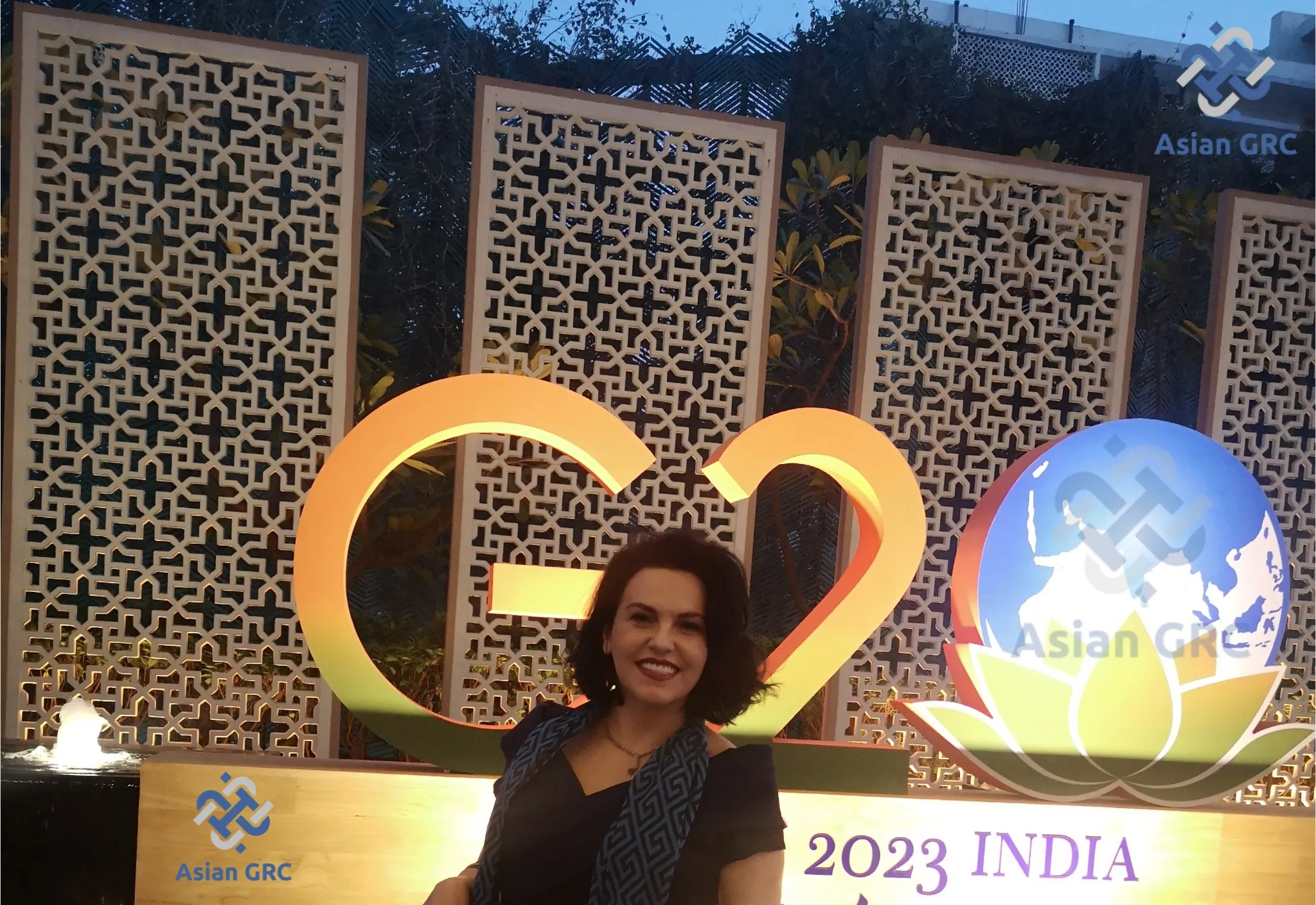GRC Jali

Unveiling the Beauty and Functionality of GRC Jali
In architecture and interior design, there’s a constant quest for materials that combine aesthetic appeal with resilience. One such material that has recently gained prominence is Glass Reinforced Concrete Jali, often called GRC Jali. In this article we will be exploring its uses, advantages, and the creative possibilities it brings to architectural and interior design projects.
What is GRC Jali?
Glass Reinforced Concrete Jali, or GRC Jali for short, is a versatile architectural element that seamlessly merges the elegance of glass with the durability of concrete. It is crafted by reinforcing concrete with glass fibres, creating a unique material for intricate designs and patterns while retaining its structural integrity.
The Art of Craftsmanship
Creating GRC Jali is a meticulous process that demands skill and precision. Artisans blend fine concrete with glass fibres and pour the mixture into moulds to create panels of varying sizes and thickness. These panels can be used to adorn windows, partitions, facades, and other architectural elements.
Aesthetic Versatility
One of the primary advantages of it lies in its aesthetic adaptability. Designers and architects can let their creativity run wild, as GRC panels can be customized to feature an array of intricate patterns, from traditional to contemporary. This adaptability allows for the creating of unique, eye-catching designs that add character and beauty to any space.
Durability and Weather Resistance
Unlike traditional concrete, GRC Jali is highly resistant to weather conditions and corrosion, making it an ideal choice for interior and exterior applications. It can withstand harsh weather, ensuring its beauty and functionality remain intact for years.
Applications of GRC Jali
The applications of Glass Reinforced Concrete Jali are as diverse as the designs that can be created. Here are some common uses:
1. Architectural Detailing: GRC adds a touch of sophistication to architectural elements like pillars, arches, and facades.
2. Privacy Screens: It can create beautiful privacy screens without compromising on natural light.
3. Room Partitions: GRC Jali partitions provide a sense of separation while maintaining an open and spacious feel.
4. Lighting Fixtures: They can be used to craft exquisite light fixtures and scatter patterns of light throughout the space.
Advantages of Choosing GRC Jali
When you opt for Glass Reinforced Concrete Jali in your architectural or interior design project, you reap several benefits:
1. Elegance Meets Strength: It combines aesthetics with structural integrity, ensuring a long-lasting and visually appealing design element.
2. Customization: The versatility of GRC Jali allows you to create customized designs to match the theme of your project.
3. Weather Resistance: It can withstand extreme weather conditions, Alakali resitant glassfibre makes it suitable for indoor and outdoor use.
5. Eco-Friendly: It is an eco-friendly material that uses fewer resources than solid concrete.
The Future of GRC Jali
As the architecture and interior design industry continues to evolve, Glass Reinforced Concrete Jali is expected to play a pivotal role. Its ability to seamlessly blend beauty and strength makes it a favourite among designers and architects.
In conclusion, It is a game-changer in architectural design. Its ability to fuse elegance with durability and versatility ensures it will remain a sought-after material for years.
1. Is GRC Jali suitable for outdoor applications?
- GRC Jali is highly weather-resistant, making it an excellent choice for indoor and outdoor use.
2. How do I maintain GRC panels?
- Maintenance is minimal. Regular cleaning with a mild detergent is usually sufficient to keep GRC panel looking its best.
3. Can I choose a custom design for my GRC Jali panels?
- Absolutely! GRC Jali is known for its customization options, which means you can get a design that suits your project perfectly.
4. Is GRC Jali an eco-friendly choice?
- Yes, it is eco-friendly as it uses fewer resources than solid concrete, making it a sustainable option.
5. What are the popular architectural styles where GRC Jali is commonly used?
- GRC Jali is versatile and can be incorporated into various architectural styles, including traditional, modern, and contemporary designs. Its adaptability makes it a preferred choice for architects and designers.
So, if you’re looking to elevate the aesthetics and durability of your architectural or interior design project, consider integrating GFRC Jali. Its unique blend of elegance and strength will undoubtedly leave a lasting impression. Don’t miss the opportunity to explore the endless possibilities that Glass Reinforced Concrete Jali offers.
- For Delhi/NCR area we are providing services for Minimum 1000 square feet area and for other cities 15000 square feet area.
GRC Jali Technical Specification
GRC Material Properties
Typical strength properties of GRC
| Components | Spray | Premix |
|---|---|---|
| Cement | 50 kg | 50 kg: |
| Fine aggregate | 50 kg | 50 kg |
| Glass fibre | 4.5-5% | 2-3.5% |
| Plasticiser | 0.5 kg | 0.5 kg |
| Polymer 5 kg | 5 kg | 5 kg |
| Water | 13.5 litre | 14.5 litre |
| Components | Spray | Premix |
|---|---|---|
| Ultimate strength (MOR) MPa | 20-30 | 10-14 |
| Elastic limit (LO R) MPa | 7-11 | 5-8 |
| Interlaminar strength MPa | 3-5 | NA |
| In-planar strength MPa | 8-11 | 4-7 |
| Compressive strength MPa | 50-80 | 40-60 |
| Impact strength Kj/m2 | 10-25 | 10-15 |
| Elastic modulus GPa | 10-20 | 10-10 |
| Strain to failure % | 0.6-1.2 | 0.1-0.2 |
| Dry density t/m3 | 1.9-2.1 | 1.8-2.0 |
